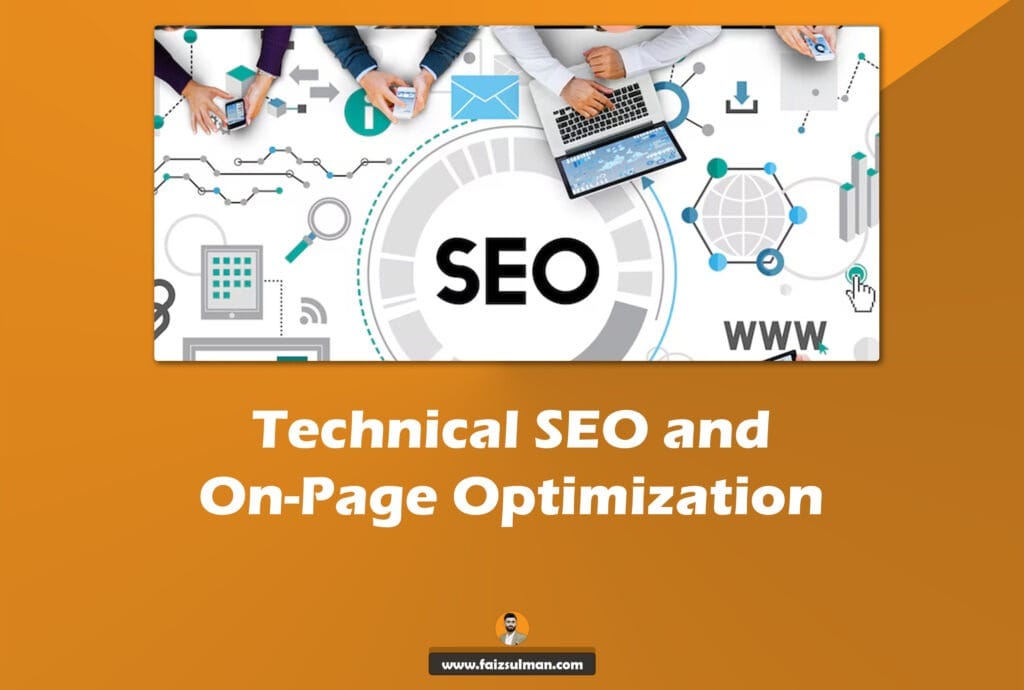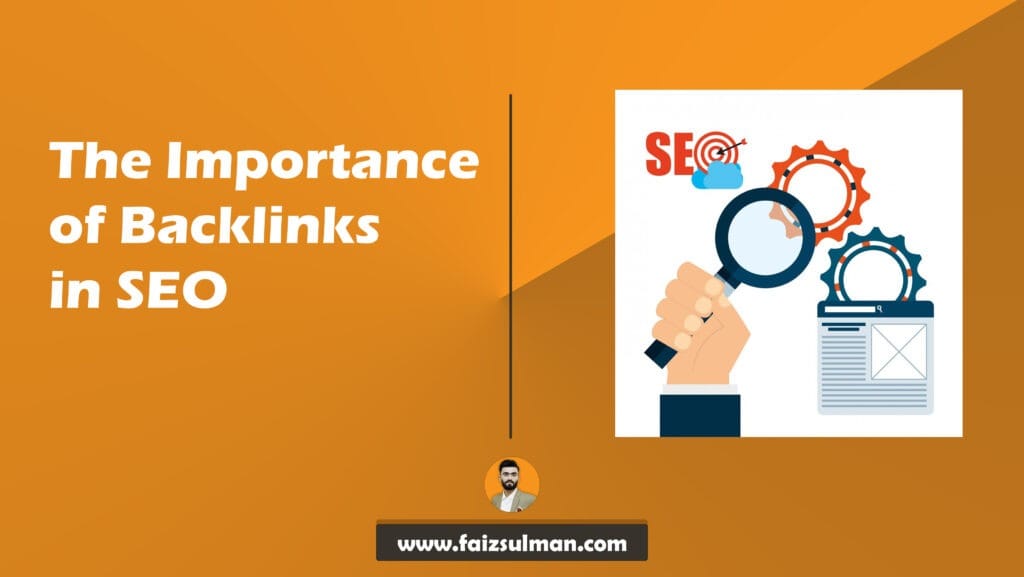How to Improve Your Website SEO Ranking in 30 Days


-
Written by
faizsulman-com
-
Category
SEO, Blog, Boost Your Business
-
Date
25 September 2024
How to Improve Your Website SEO Ranking in 30 Days
Introduction
Improving your website’s SEO ranking can seem like a daunting task, especially with constant algorithm changes, new trends, and increasing competition. However, with a structured and strategic approach, it is possible to see noticeable improvements within 30 days. This guide will walk you through actionable steps that will help you boost your website’s SEO and enhance your ranking on search engine result pages (SERPs).
What is SEO?
Search Engine Optimization (SEO) is the practice of optimizing your website to rank higher in search engine results like Google, Bing, or Yahoo. By using effective SEO techniques, you improve the chances of your website being found when people search for terms related to your business or industry. SEO is essential for increasing organic traffic and driving leads, sales, or engagement with your site.
Week 1: Technical SEO and On-Page Optimization

1. Conduct an SEO Audit
The first step in improving your website SEO ranking is understanding where you currently stand. Conduct a comprehensive SEO audit using tools like Google Search Console, Ahrefs, or SEMRush to identify any underlying issues.
- Fix broken links: These can negatively impact your SEO.
- Optimize your website’s speed: Websites that load slowly hurt your rankings.
2. Improve Your Website’s Loading Speed
Fast-loading pages rank higher in search engines and provide a better user experience. Tools like Google PageSpeed Insights can help you identify areas for improvement. Consider:
- Compressing images
- Leveraging browser caching
- Minifying CSS, JavaScript, and HTML files
3. Ensure Mobile-Friendliness
With mobile-first indexing, Google now primarily uses the mobile version of content for indexing and ranking. Use Google’s Mobile-Friendly Test to see how your site performs on mobile devices.
4. Improve Website Security (SSL)
Websites with HTTPS have a ranking advantage over non-secure sites. Ensure that your website has an SSL certificate to protect your users and improve your trustworthiness.
Week 2: On-Page SEO and Content Optimization

5. Keyword Research and Optimization
Incorporating relevant keywords into your content is essential for improving SEO ranking. Use tools like Google Keyword Planner, Ahrefs, and SEMRush to discover high-volume keywords with low competition.
- Place keywords strategically in titles, meta descriptions, headers, and throughout the content.
- Avoid keyword stuffing, which could harm your SEO efforts.
6. Optimize Title Tags and Meta Descriptions
Optimized title tags and meta descriptions improve your click-through rate (CTR), which is a ranking factor for Google.
- Keep your title tags under 60 characters.
- Write compelling meta descriptions that include relevant keywords and stay under 160 characters.
7. Use Heading Tags (H1, H2, H3)
Properly structured heading tags help search engine bots crawl and understand your content better.
- Use H1 tags for your main title.
- Break up your content with H2 and H3 tags for subheadings.
8. Add Internal and External Links
Linking to other relevant pages within your site (internal links) improves the SEO of those pages. Additionally, linking to high-authority external websites boosts the credibility of your content.
9. Optimize Images
Optimizing images not only reduces load times but also helps with SEO:
- Use descriptive file names and alt text.
- Compress your images for faster load times.
10. Create High-Quality, Engaging Content
Content is still king in the SEO world. Focus on creating unique, informative, and engaging content that provides value to your audience. Use the E-A-T (Expertise, Authority, Trustworthiness) principle to guide your content creation efforts.
- Answer common search queries your audience may have.
- Ensure your content is at least 1,000 words for in-depth coverage of topics.
Week 3: Off-Page SEO and Link Building

11. Build High-Quality Backlinks
Backlinks from reputable and authoritative websites signal to search engines that your site is credible and trustworthy. Strategies to get backlinks include:
- Guest posting on industry blogs
- Creating shareable infographics or valuable resources
- Reaching out to influencers for mentions
12. Utilize Social Media
Promote your content on social media platforms like Facebook, LinkedIn, and Twitter. Increased social shares can indirectly impact your SEO by driving more traffic to your site and increasing engagement.
13. Leverage Local SEO
If you run a local business, optimizing for local SEO is crucial. Use the following strategies:
- Claim and optimize your Google My Business profile.
- Add your business to local directories.
- Encourage satisfied customers to leave reviews.
14. Monitor Competitor Activity
Keeping an eye on your competitors can give you insights into what’s working for them. Tools like Ahrefs allow you to analyze your competitors’ backlinks, content strategy, and ranking keywords.
15. Create a Sitemap and Submit it to Google
A sitemap helps search engines like Google crawl your website more efficiently. Use Google Search Console to submit your sitemap and monitor its indexing status.
Week 4: Monitoring and Continuous Improvement
16. Track Progress with Google Analytics
Use Google Analytics to monitor your traffic and user behavior. Understanding how visitors interact with your site will help you improve the user experience and optimize for better conversions.
17. Set Up Google Search Console Alerts
Google Search Console is an invaluable tool for monitoring your website’s performance on search engines. Set up alerts to be notified of any major issues like crawling problems or security issues.
18. Regularly Update and Repurpose Content
Content that gets outdated or irrelevant can hurt your SEO efforts. Regularly updating your most popular posts with fresh information keeps them relevant and continues to drive traffic. Consider repurposing blog content into infographics, videos, or social media snippets.
19. Remove or Refresh Thin Content
Thin content offers little to no value to users and can harm your SEO. Use tools like Screaming Frog to identify pages with low word counts and refresh them with more useful information.
20. Focus on User Experience (UX)
SEO and user experience (UX) go hand in hand. Google’s algorithms favor websites that provide a good experience to users. Focus on:
- Clear navigation
- Fast loading times
- Mobile responsiveness
- Engaging design
Conclusion
Improving your website’s SEO ranking doesn’t have to be a long, drawn-out process. By taking actionable steps each week, such as optimizing for on-page and technical SEO, building high-quality backlinks, and regularly monitoring progress, you can significantly enhance your website’s visibility in search engine results. With these strategies in place, you should start to see an increase in organic traffic and a higher ranking within just 30 days.

